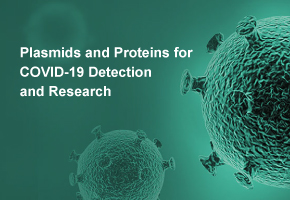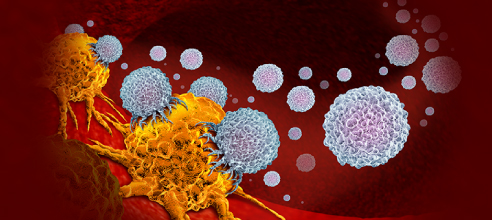Understanding AAV DJ/8-Syn-Cre: A Promising Tool in Gene Therapy
Adeno-associated viruses (AAV) have gained significant attention in the field of gene therapy due to their ability to deliver genes to specific cells with minimal immune response. Among the various serotypes of AAV, AAV DJ/8-Syn-Cre stands out as a particularly effective vector for synapse-specific gene targeting in neuronal research and therapy.
Background on AAV Technology
Adeno-associated viruses are small viruses that are not known to cause disease in humans. They belong to the Parvoviridae family and have a simple structure that consists of a single-stranded DNA genome encapsulated in a protein coat. Their ability to integrate into the host genome, coupled with their relatively low immunogenicity, makes AAVs ideal candidates for gene therapy applications.
The Significance of DJ/8 Serotype
AAV DJ is a recombinant serotype that combines features from several AAV serotypes to optimize its properties for gene delivery. This particular variant is engineered to enhance transduction efficiency in various cell types, especially in the central nervous system. When paired with the Cre recombinase system, AAV DJ/8-Syn-Cre enables precise control over gene expression, allowing researchers to dissect complex genetic pathways in vivo.
Synaptic Targeting through Cre-Lox System
The Cre-lox recombination system is a powerful genetic tool that enables conditional gene alteration. By using AAV DJ/8-Syn-Cre, scientists can express Cre recombinase specifically in neurons, allowing them to induce or suppress gene expression in targeted neuronal populations. This level of specificity is crucial for studying synaptic function, mapping neural circuits, and understanding neurological diseases.
Applications in Neuroscience and Beyond
AAV DJ/8-Syn-Cre has been instrumental in advancing research in various areas of neuroscience, including synaptic plasticity, neurodegeneration, and psychiatric disorders. By facilitating the manipulation of gene expression in specific neurons, this vector allows for the examination of the roles of various genes in neural behavior and pathophysiology.
Furthermore, the application of AAV DJ/8-Syn-Cre is not limited to basic research. There is growing interest in its potential therapeutic uses, particularly in treating genetic neurological disorders. By targeting and correcting gene defects in specific neuronal populations, AAV DJ/8-Syn-Cre holds promise for developing effective treatments for diseases such as Huntington’s, Alzheimer’s, and certain forms of epilepsy.
Challenges and Future Directions
While AAV DJ/8-Syn-Cre presents transformative opportunities in gene therapy and neuroscience research, several challenges remain. Issues related to delivery efficiency, potential off-target effects, and immune responses need to be addressed to maximize the therapeutic potential of this vector. Ongoing research is focused on improving the safety and efficacy of AAV-mediated gene delivery.
Innovations in vector design, improved delivery methods, and better understanding of the host response to AAV vectors are paving the way for future applications. As scientists continue to explore the full potential of AAV DJ/8-Syn-Cre, it is poised to play a vital role in unlocking new therapeutic avenues for treating neurological disorders and enhancing our understanding of brain function.
Conclusion
AAV DJ/8-Syn-Cre represents a significant advancement in the integration of gene therapy techniques and neuroscience research. Its ability to deliver targeted genetic modifications offers researchers powerful tools to explore the complexities of the brain and to develop promising therapies for various neurological conditions. With continued innovation and exploration, this vector may ultimately lead to groundbreaking discoveries and improved treatments in the realm of neurobiology and beyond.
- Like
- Reply
-
Share
Reply
About Us · User Accounts and Benefits · Privacy Policy · Management Center · FAQs
© 2025 MolecularCloud



